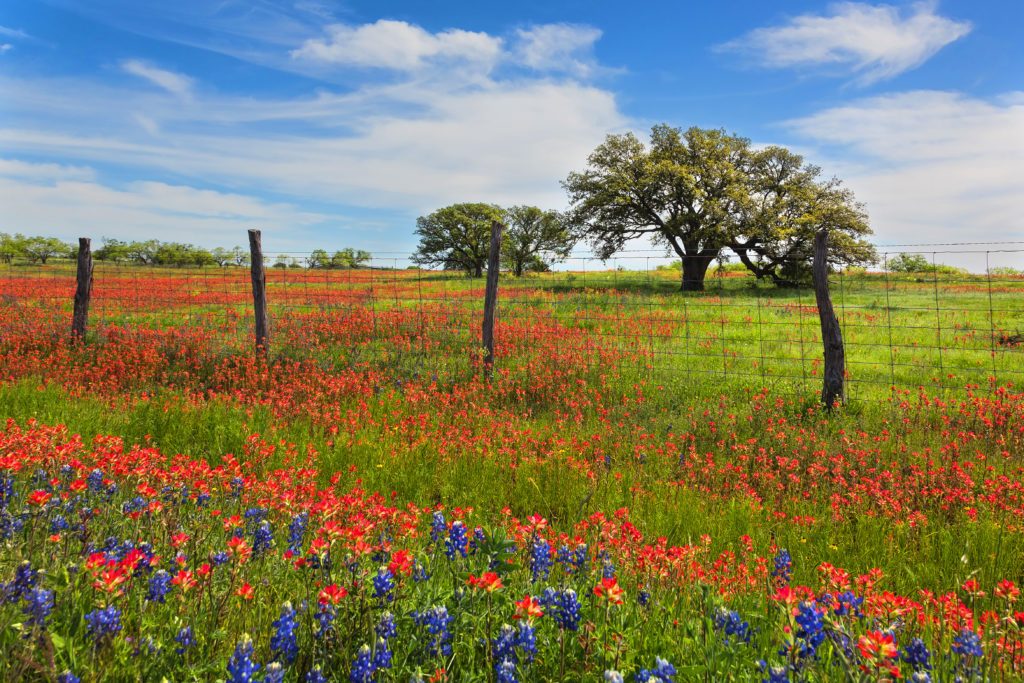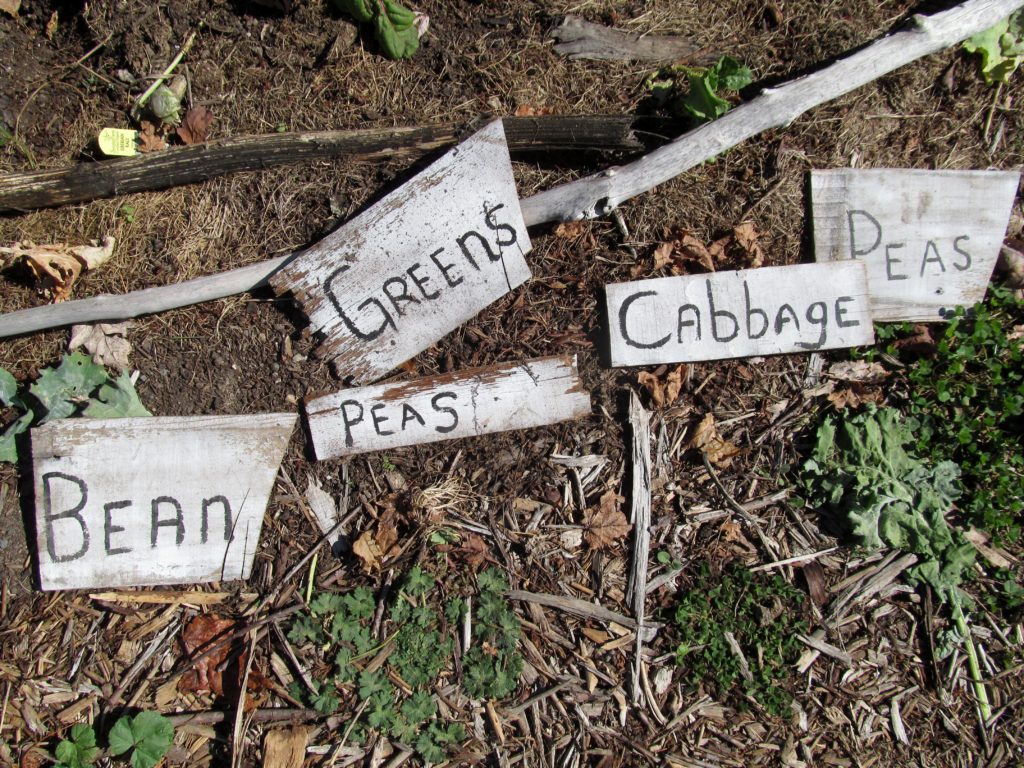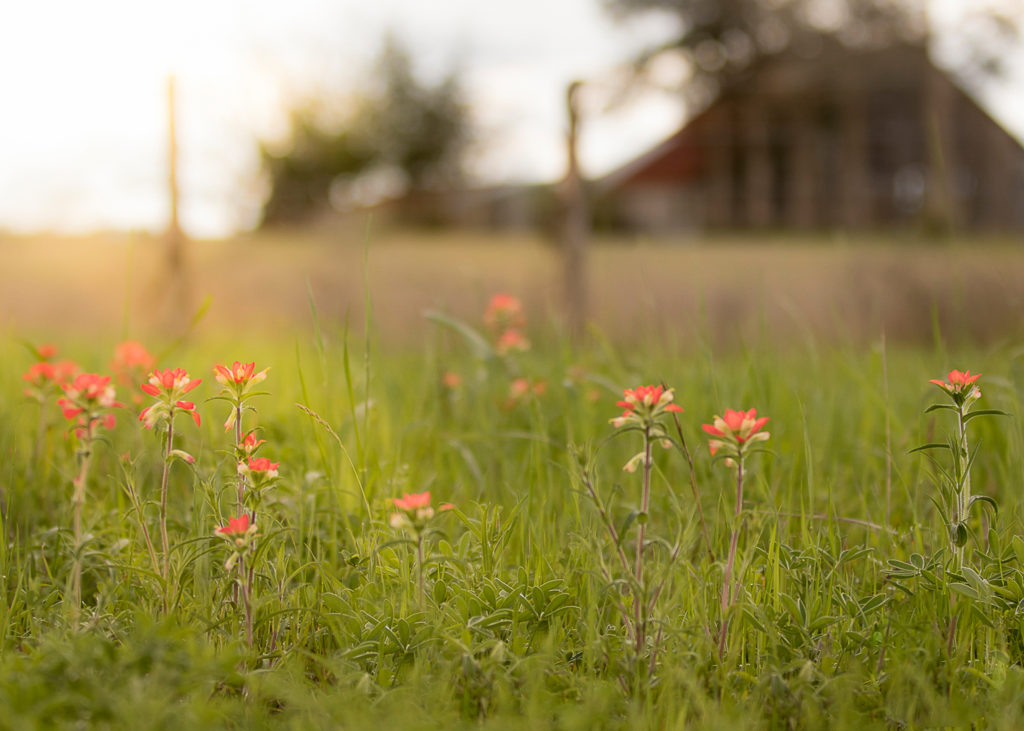
If it's too hot to plant flowers, don't worry, there's plenty else to do in your summer garden to celebrate National Garden Week.
When I discovered the dates for National Garden Week this year (June 3–9), I reached out to Lee Clippard from the Lady Bird Johnson Wildflower Center in Austin, Texas. Curious about what I should tell our readers, I asked him what was best to plant during the summer months of June, July, and August. A gardening novice, I found myself blushing at the obvious response. What to plant when the temperature is upwards of 100 degrees? Nothing. That’s the case here in Texas and much of the surrounding region, due to the fact that, as Clippard told me in an email, “planting anything during these months requires a lot of extra water (which we need to be conserving instead) and can lead to low survival rates of plants, which is not very sustainable.”

While the recommended time to plant in our region is October or November, I still pondered what steps one might follow to maintain an acceptable summer garden.
With that in mind, I asked our regular contributor Ann Larkin Hansen, author of The Backyard Homestead Seasonal Planner, for her advice. As usual, Larkin had just been tending to her backyard, and in fact wrestling with her own summer gardening checklist. “Instead of doing what needed to be done in the garden yesterday, I found myself facing a clean-up and recovery project after a violent wind and hailstorm the previous evening,” Larkin, who lives on a farm in Wisconsin, told me. “As I worked my way down the rows I found a lot of damage, but no total losses. So I pruned the broken stems, piled dirt to make things stand up straight again, and am hoping that with some sun and good luck I’ll still have a decent garden this year. I’m so grateful for the resilience of plants!”

This week, Larkin is back to her seasonal chores in the garden, and provided this to-do list for her fellow gardeners:
- Weed, weed, weed—by hand, hoe, or cultivator.
- Water as needed, making sure your plants get at least one to two inches of water via rain or sprinkler per week.
- Control pest insects—by hand picking, pheromone traps, installing row covers, or organic sprays.
- Mulch, though if it's rainy you might hold off till the weather is dryer, to discourage slugs and mold. Especially mulch those crops that are low to the ground and go straight to the table—salad greens, herbs, and strawberries. They'll be much cleaner.
- Plant skips: It's not too late to stick seeds into gaps in the row where something didn't germinate or a bird got the seedling.
- Hill potatoes and corn. Piling additional dirt around the base of these plants builds sturdier root systems and (in the case of potatoes) a bigger harvest. You can hill tomatoes, too. I hill the potatoes twice with dirt and then pile on deep mulch in midsummer.
- Put up the tomato cages and posts and wire for the pole beans (if you haven't already). Squash can be grown vertically, too, by putting up a trellis of some sort—though it has to be sturdy to bear the weight.
- Collect and dry herbs and flowers as they reach harvest stage. I hang herbs in our dark basement where we have a dehumidifier.
- Harvest and eat as soon as you can! Freeze, can, or give away the surplus.
- Plant flowers. Not only will this make the birds and bees happy, it will brighten your day, too.
And if planting flowers won't work where you are, just take a tip from this novice gardener and purchase some potted succulents to admire indoors instead.
Photography: (All Images) Courtesy the Annual C&I Photo Contest.
More Gardening
Western Homestead: Your Spring Checklist
Untamed Beauty
From Field to Table














